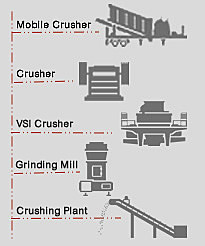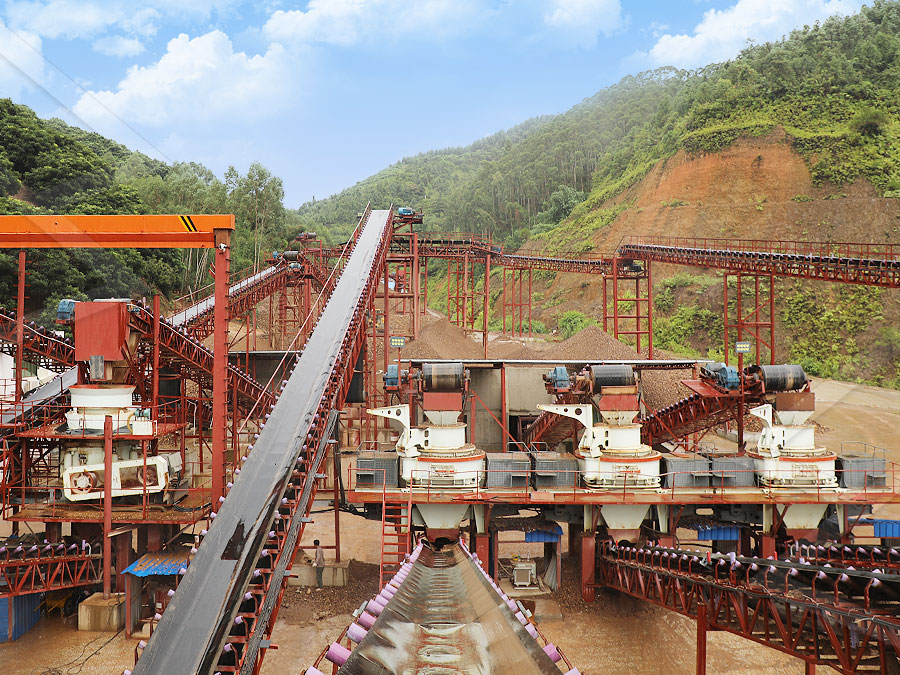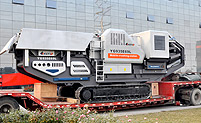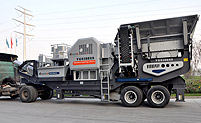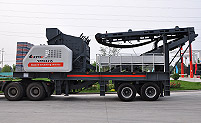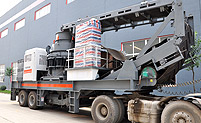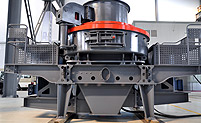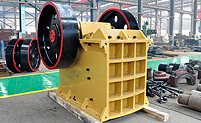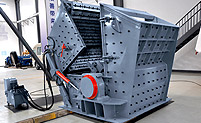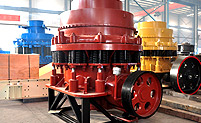Process flow and advantages of limestone manufactured sand
Machine-made sand is relative to natural sand such as river sand. Natural sand is mainly formed by the impact of natural forces, such as river sand, sea sand, mountain sand, etc. Machine-made sand refers to rock particles with a particle size of less than 4.75 mm made by mechanical crushing and screening after soil removal.
Limestone is an industrial rock with a wide range of industrial uses and a large amount of consumption. It is widely used in metallurgy, chemical industry, construction, building materials, environmental protection, agriculture, food, etc. The use of limestone to process machine-made sand has been popularized and applied in the industry:
The use of limestone processing to make machine-made sand can effectively improve the mineral rate of limestone blocks, reduce the amount of limestone waste slag disposal, and achieve obvious energy saving and emission reduction effects.
The processing of limestone is mainly to crush, classify and produce lime, slaked lime, precipitated calcium carbonate, carbon dioxide, etc. Limestone generally adopts a dry crushing process. For limestone used in metallurgy and roads, the ore can be crushed and screened.
The grade of limestone or limestone raw ore can generally meet the requirements of various industrial sectors. Generally, only simple washing is required, that is, the limestone or limestone ore is processed by methods such as washing-crushing-screening or grading.
The process flow of machine-made sand production is: feeding→coarse crushing→medium and fine crushing→screening→sand making→screening→sand washing→finished product.
Required equipment is vibrating feeder, jaw crusher, Impact Crusher, cone crushers, vibrating screens, sand making machines, sand washing machines and conveyor equipment.
Limestone machine-made sand is made from waste and excess resources such as limestone quarry waste, waste slag, and stone powder.
1. Machine-made sand can effectively and stably control technical indicators such as sand particles according to national standards and engineering quality requirements, and meet engineering technical requirements.
2. The particle and fineness modulus of machine-made sand can be adjusted, and the fineness modulus and particle of machine-made sand can be adjusted according to the needs of the project, combined with the advantages of the base material and the requirements of concrete.
3. The shape of machine-made sand particles is multi-angular and the surface is rough, which is conducive to bonding with cement and other cementitious materials, and is conducive to the improvement of concrete strength.
4. The production of machine-made sand can be combined with the production process of crushed stone, which is conducive to the comprehensive utilization of good sources of minerals and reduces pollution, thereby greatly reducing the production cost of machine-made sand.
NEXT: How to configure a complete set of quartz sand production line?

